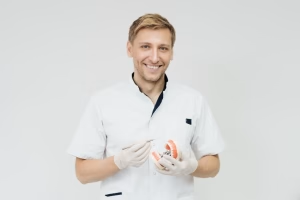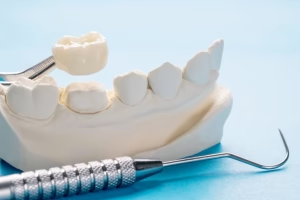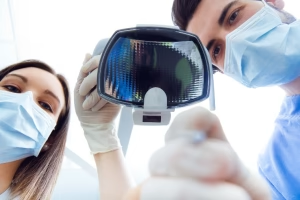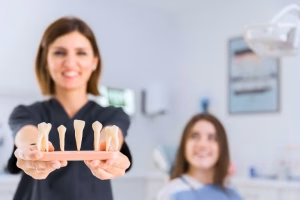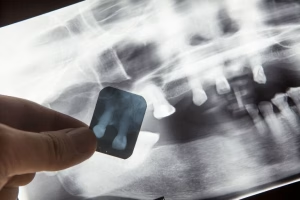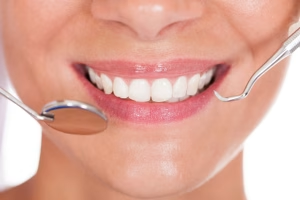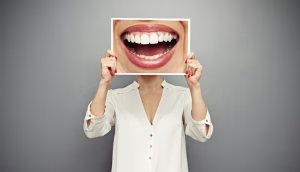Digital Dentistry – bridging the gap in technology processes in the dentist chair
3 March 2016
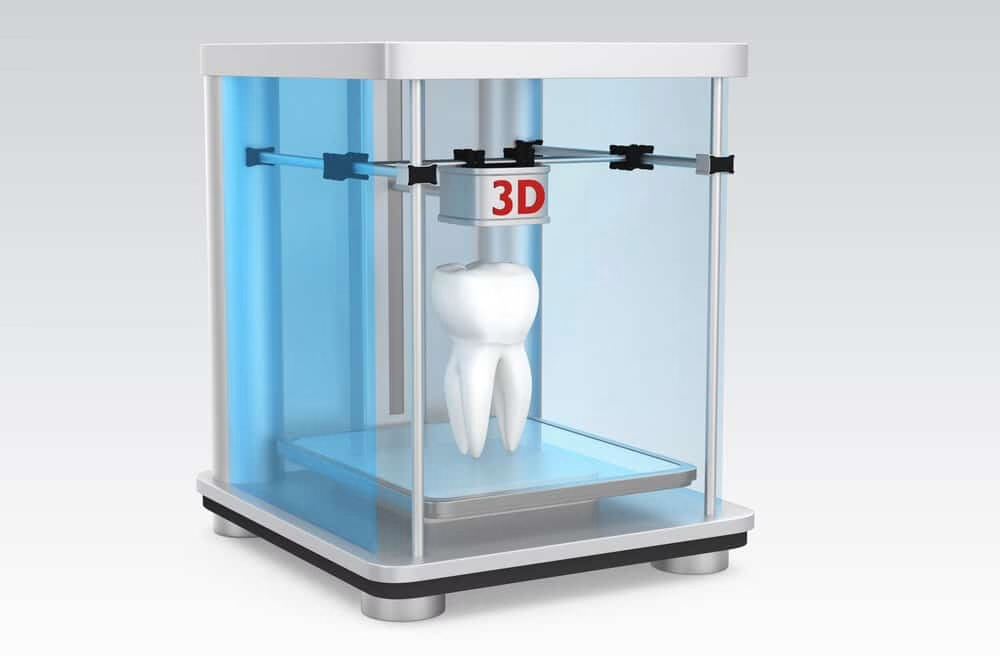
Regardless of whether you know a lot or a little about 3D printing it’s highly probably that you’ve heard the term thrown around, particularly in the last two years since it’s use is becoming more and more common in line with technological advances.
In a nutshell, 3D printing is the production of a three-dimensional object created by a digital file entered into a machine that then creates layer upon layer of material until the object is formed. Simple, right?!
More commonly 3D printing is used in the mechanical and engineering industry where it’s a more cost and time effective option to make the parts and fittings on-site as they are needed rather than stock-piling and having wasted products. The medical field is also making good use of these innovations in technology with the potential to develop human organs now a real possibility.
The dental field has also had access to 3D printing in recent years with labs containing these machines now having the capability to produce crowns, bridges and mouthpieces at just the touch of a button.
Traditionally if you needed a bridge or crown fitted your dentist would take a mould, send it off to the lab technician who would send back the finished product for you to return to the dentist for fitting, a few days but perhaps even weeks later. 3D printing is now taking out most of those steps and from a digital image taken while you’re in the dentist chair, developments in 3D printing technology mean your dentist now has the capability to produce a bridge, crown or veneer within minutes, while you’re waiting.
Like anything, the use of these ‘robots’ in the industry is leading to a higher quality product and service for the customer, but is it leading to the demise of the dental lab, the place where all of this essential work has always taken place? While it seems obvious that developments in this line of technology could potentially cut out the middleman and render the dental labs useless it’s not as clear-cut as that. It’s evident that change is happening within the industry and it’s happening fast but dental practices have been around for a long time with many dentists having practiced the same way for many, many years.
This new technology is predominantly appealing to newcomers to the field, and is an exciting addition for patients seeking the most up to date technology for the their dental care. Dentistry is complex and intricate and whilst technological advances are certainly evolving and the technology is changing, developments in 3D printing in the dental world are an exciting development for both patient and dentist and will help to speed up a range of technical processes which have in the past taken days to complete.
For more information on digital dentistry and developments in the industry, have a chat with the friendly dental team at MGA Dental Gold Coast or Brisbane team phone Gold Coast (07) 5539 9748 or Brisbane (07) 3273 3343 or visit our website to book your appointment online www.mgadental.com.au or email [email protected].

